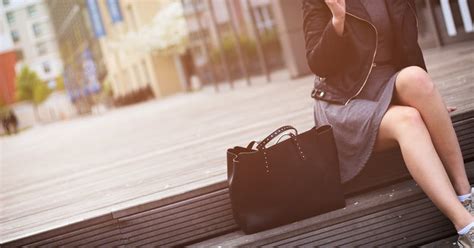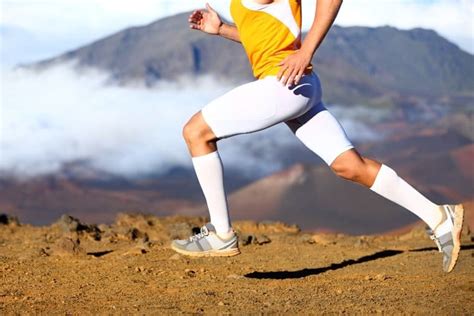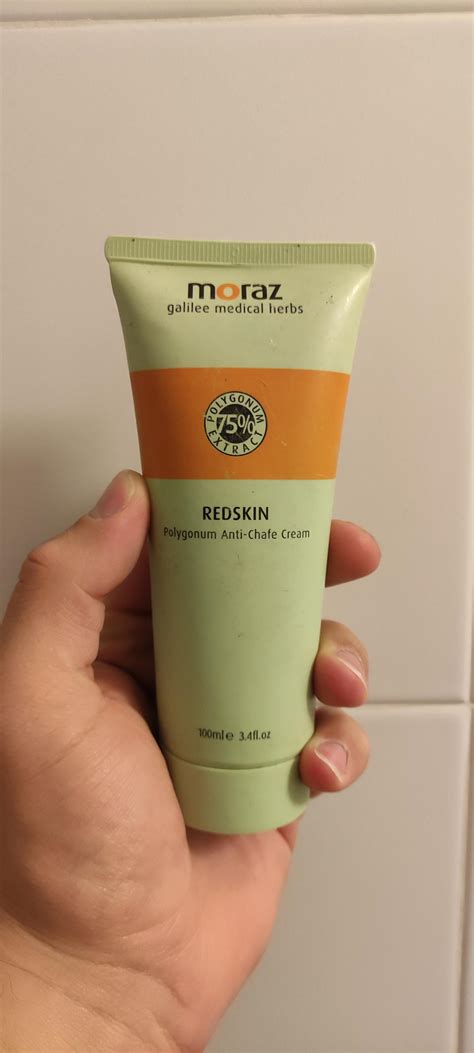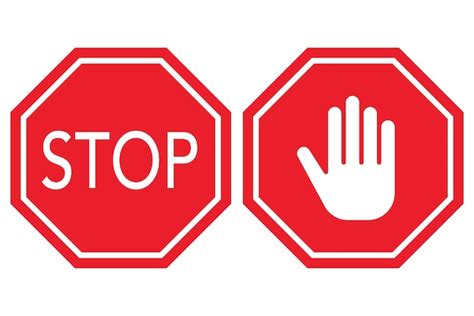Inner thigh chafing is an unwelcome, often painful reality for many runners, especially during longer distances. The constant friction combined with sweat can turn an enjoyable run into an agonizing experience, leaving behind raw, irritated skin. Fortunately, a combination of smart gear choices and effective topical solutions can prevent this common ailment, letting you focus on your stride, not your skin.

Understanding the Enemy: What Causes Chafing?
At its core, chafing is skin irritation caused by repetitive friction. For inner thighs, this typically involves skin rubbing against skin, or skin rubbing against fabric, exacerbated by moisture (sweat) and heat. The longer the run, the more opportunities for friction, leading to microscopic tears in the skin’s protective barrier, inflammation, and pain.
The Best Anti-Chafe Gear: Your First Line of Defense
Investing in the right apparel is often the most effective way to combat inner thigh chafing. The goal is to create a barrier between your thighs or to minimize friction through specific fabric choices and designs.
Compression Shorts and Liner Shorts
This is arguably the gold standard for preventing inner thigh rub. Compression shorts or shorts with built-in compression liners provide a snug, smooth layer that stays put, preventing skin-on-skin contact. Look for:
- Longer Inseams: Opt for shorts with an inseam of 7-9 inches to ensure they extend far enough down your thigh to cover the chafe-prone area.
- Moisture-Wicking Fabric: Materials like polyester blends actively draw sweat away from your skin, keeping you drier and reducing the likelihood of irritation.
- Flatlock Seams: These types of seams are designed to lie flat against the skin, minimizing potential friction points that can occur with traditional raised seams.

Running Tights and Leggings
For cooler weather or those who prefer more coverage, running tights and leggings offer complete protection. Ensure they fit well – not too loose (which can bunch and chafe) and not too tight (which can restrict movement and also cause friction). Again, prioritize moisture-wicking fabrics.
Avoid Cotton!
Cotton absorbs moisture and stays wet, becoming heavy and abrasive. This is the opposite of what you want for chafe prevention. Always choose synthetic, technical fabrics designed for athletic performance.
The Best Anti-Chafe Balms & Creams: Topical Protection
While gear is crucial, topical anti-chafing products provide an extra layer of defense, especially for very long runs or when combined with gear. These products create a slick, protective barrier on the skin, reducing friction.
Anti-Chafing Sticks and Balms
These are popular for their convenience and effectiveness. They glide on easily and are often sweat-resistant.
- Body Glide: A classic for a reason, Body Glide creates an invisible, non-greasy barrier that allows skin to glide smoothly. It’s waterproof and sweatproof.
- Squirrel’s Nut Butter: Made with natural ingredients, this balm is highly regarded for its effectiveness and skin-friendly formula.
- Gold Bond Friction Defense: Another popular stick that offers long-lasting protection.

Petroleum Jelly (Vaseline) or Lanolin
These household staples can also be effective, though they can feel greasier and might stain some fabrics. Apply generously to create a thick barrier. Lanolin, often found in nipple creams for breastfeeding mothers, is an excellent, natural lubricant that is very skin-friendly.
Creams and Powders
Some runners prefer creams or even powders. Powders (like talcum or cornstarch-based options) can absorb moisture, but may need reapplication and can clump with heavy sweating. Creams often combine moisturizing and protective properties.

Application Tips for Maximum Protection
- Clean, Dry Skin: Always apply balms to clean, dry skin before you start your run.
- Generous Application: Don’t be shy. Apply a thick, visible layer to all areas prone to chafing, including the inner thighs, groin, and even areas where seams might rub.
- Reapply if Needed: For ultra-marathons or extremely long runs, consider carrying a small stick of balm to reapply mid-run if you feel any irritation starting.
Beyond Gear & Balms: Other Preventative Measures
While gear and balms are your primary weapons, a few other habits can help keep chafing at bay:
- Stay Hydrated: Well-hydrated skin tends to be more resilient.
- Shower Immediately Post-Run: Rinse off sweat and salt as soon as possible. Gently cleanse and dry the irritated areas.
- Moisturize: Post-run, apply a gentle moisturizer to help repair and strengthen your skin barrier.
- Address Hot Spots Early: If you feel a hot spot developing, stop and reapply balm or adjust your clothing. Ignoring it will only make it worse.

Conclusion
Inner thigh chafing doesn’t have to be a recurring nightmare that ruins your long runs. By strategically combining high-quality moisture-wicking compression gear with effective anti-chafing balms or creams, you can create an impenetrable defense against friction and irritation. Experiment with different products and apparel combinations to find what works best for your body, ensuring every mile is as comfortable as the first.




